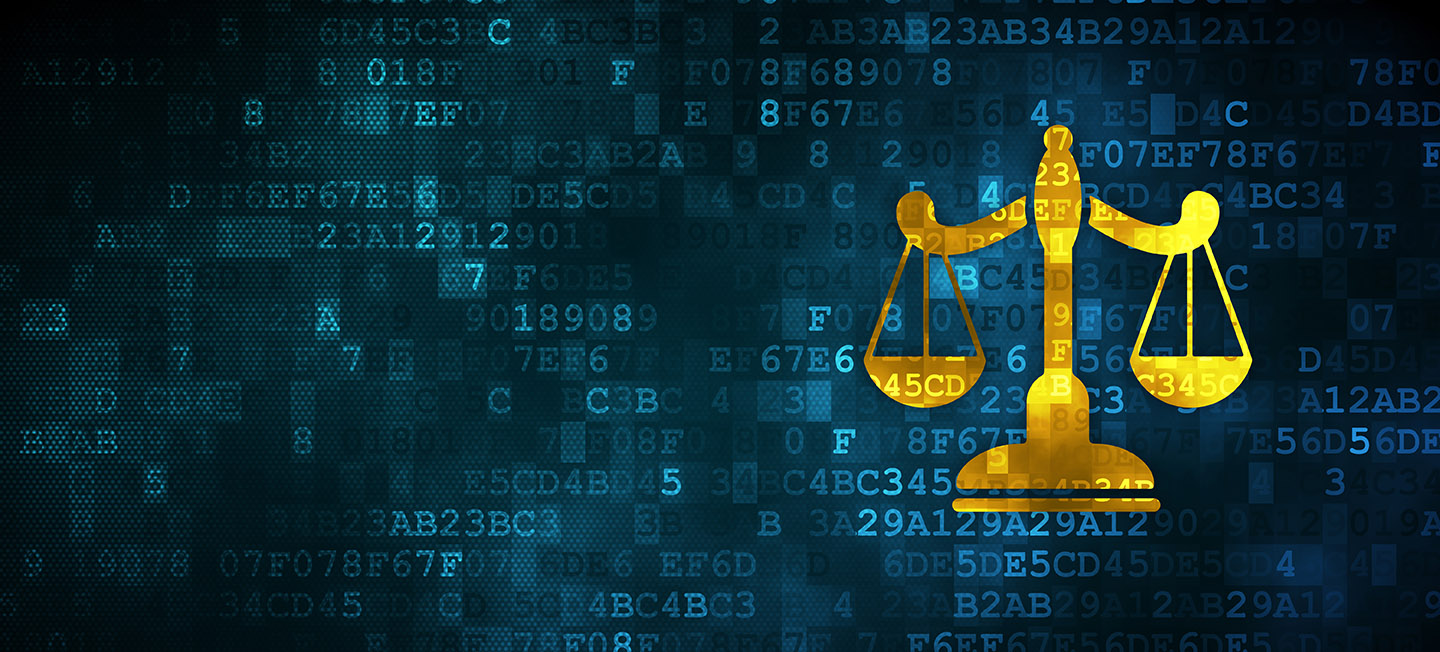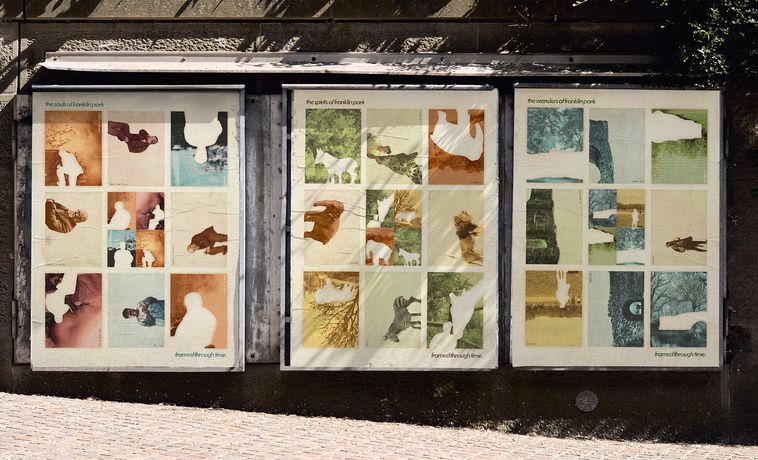Journalism by the Numbers
Students in the inaugural Justice Media co-Lab course examine the data behind systemic problems

Melissa Ellin, Nikita Jakkam, Kate McGowan and Bzu Shiferaw started their spring semester with a big question: Are Black people policed fairly in Massachusetts? Within weeks, the student team, in collaboration with investigative reporter Ryan Kath of NBC10, had analyzed a decade of data from 250 cities and towns. They found that Black people made up six percent of the commonwealth’s population but 15 percent of the arrests. In some cases, the disparity was greater.
The team took their findings to Branville Bard, chief of police in Cambridge, where Black people accounted for 38.5 percent of arrests—and just 10.7 percent of the population. Bard had been studying the same numbers. “We live in a society where race permeates everything that we do,” he told the student journalists. And then he said something that they likely already knew: “You have to measure what’s going on in order to know what’s going on, and then to take effective actions to aim at reversing those trends.” The students’ report aired on Boston’s NBC10 in April.
Ellin (CAS’23, COM’23), Jakkam (CAS’22), McGowan (CGS’20, CAS’22) and Shiferaw (CGS’19, COM’21) made up one of seven teams in the first Justice Media co-Lab course, part of the Cross-College Challenge in the BU Hub. The co-lab, a collaboration between Spark!, the BU Faculty of Computing & Data Sciences (CDS) and COM aims to give cross-disciplinary teams of journalism and computer science students experience in data-focused reporting—while shedding light on important issues of justice, from police racism to environmental inequity. The course is open to students from across the University, though the goal is for each team—paired with a media partner at the start of the semester—to include both computer science and journalism students. The program is funded, in part, by a grant from New America.
Students interested in computing and data science get the opportunity to work with real datasets and to create work that will benefit the community. And the journalism students benefit from the advanced computational skills of their classmates, allowing them to explore data in new ways, like with sophisticated mapping programs. One team used spatial analysis to visualize the location of needle clean-up requests called into Boston’s 311 hotline.
“I always dreamed of being able to do something like this,” Brooke Williams says of the needle clean-up analysis. An associate professor of the practice of computational journalism at COM and a data journalist, Williams taught the spring course with Osama Alshaykh, an assistant research professor at the College of Engineering. She says the partnership between the journalism and computer science students has been a natural fit. “We work so differently and learn so much from each other.”
These projects all look at some systemic inequality and find the root of it, expose it and try to make a difference.
Brooke Williams
In addition to the investigation with NBC10, students contributed to two reports broadcast by WBZ, Boston’s CBS affiliate, one about minority owned businesses missing out on COVID relief funds and the other about the 311 needle pick-up requests. Four more projects remain ongoing, with paid student interns working with GBH, The Bay State Banner, The Boston Globe and The Intercept through the summer.
Williams began collaborating with The Intercept in 2014, helping to examine prosecutor misconduct. Now she’s been able to pull her students into the investigation. Because reading court decisions and identifying guilty prosecutors, who are rarely disciplined or named by judges, takes a lot of time, the students are helping to create a language processing algorithm that will scan a large volume of decisions, identifying prosecutors with a history of misconduct, such as withholding evidence—a major contributor to wrongful convictions.
Developing technical solutions to support journalists is one of the big goals, says Ziba Cranmer, director of BU Spark!, a CDS technology incubator and experiential learning lab that spearheaded the establishment of the co-lab. “This will allow for larger projects where each semester’s cohort contributes to a larger body of more in-depth work,” Cranmer says.
“To be able to publish a story where we actually make a real difference—this is our highest calling as journalists,” Williams says. “These projects all look at some systemic inequality and find the root of it, expose it and try to make a difference.”



